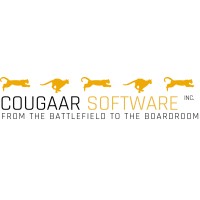
Companies that use Semantic UI
Semantic empowers designers and developers by creating a shared vocabulary for UI.
617
companies
Technology Usage Statistics and Market Share
How to target Semantic UI users
- How to customize this list?
You can customize this data to your needs by filtering for geography, industry, company size, revenue, technology usage, job postions and more. You can download the data in Excel or CSV format.
- How to be alerted when companies adopt this technology?
You can get alerts for this data. You can get started by selecting the technology you are interested in and then you will receive alerts in your inbox when there are new companies using that technology.
- How to import this data to my CRM?






































































